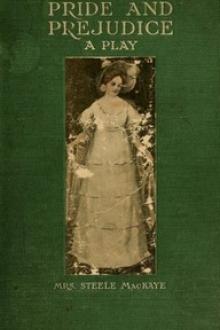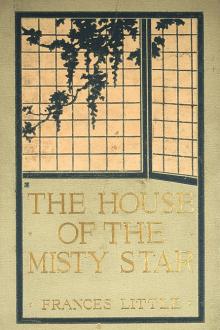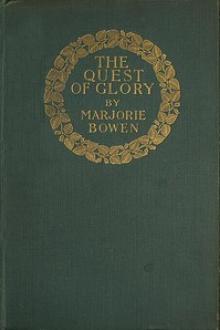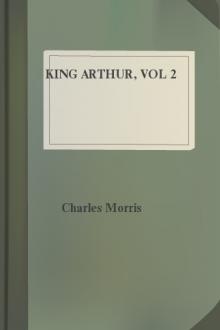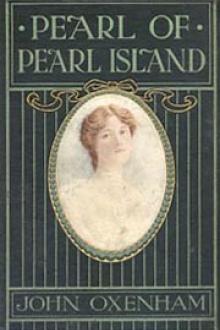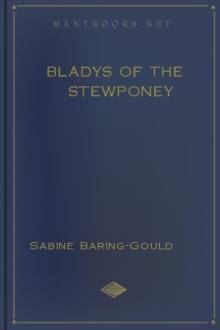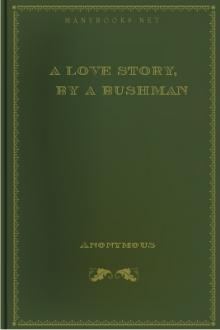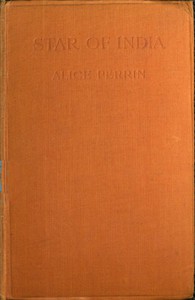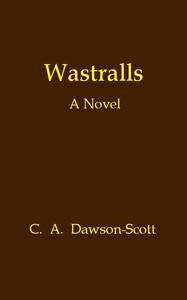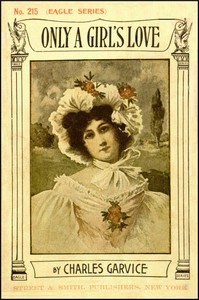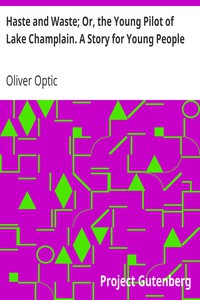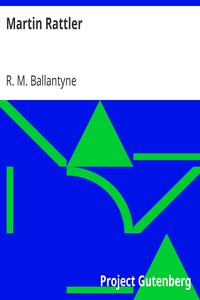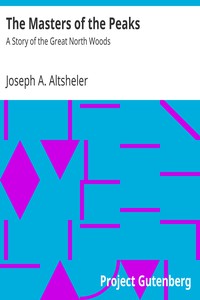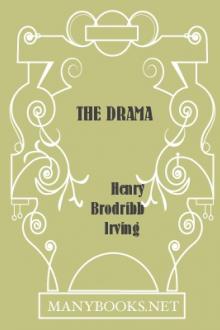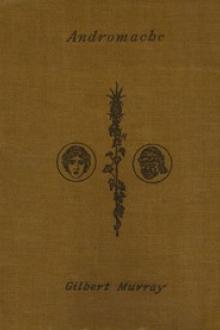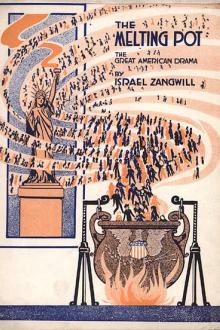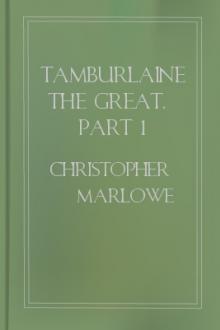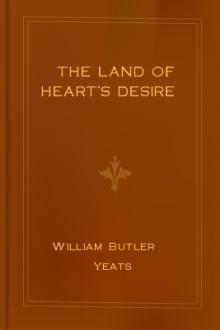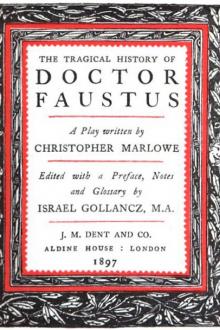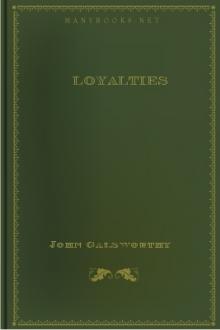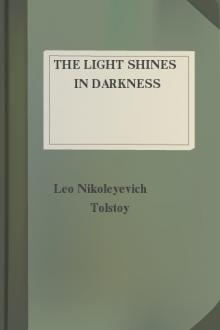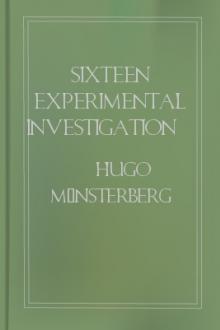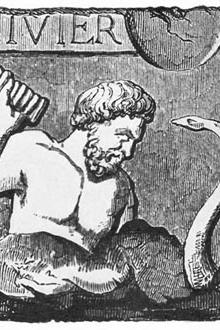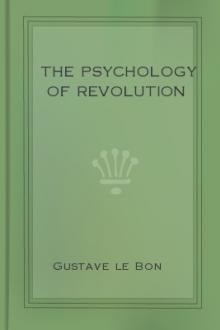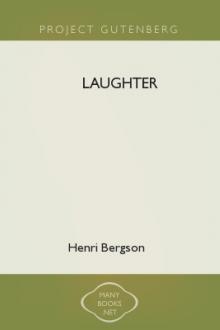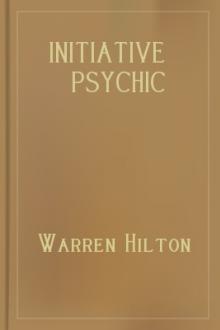Free books online - Read the best eBooks in our library!
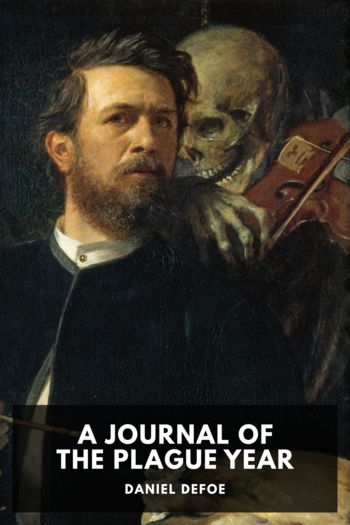
Description The Plague is a disease that has a long and tragic history alongside humanity’s development of tightly-packed cities. A Journal of a Plague Year is a first-person narrative account of London’s last great plague outbreak in 1665, which killed an estimated 100,000 people in just 18 months. Though written in the first-person perspective by Daniel Defoe, he was only 5 years old during the outbreak. The initials at the end of the work, “H. F.,” suggest that Journal is based on accounts

Description Mary’s parents fall ill and die, forcing her to be transplanted from India to the English countryside. She arrives at a strange and foreign country manor, where she discovers a long-neglected garden and hears strange sobbing noises at night. Thus begins The Secret Garden, a children’s book with an unusually dense collection of themes, symbols, and motifs. Mary’s personal development mirrors her unraveling the secret of the hidden garden, and a subtle backdrop of magical realism adds

Description The Insidious Dr. Fu-Manchu, first published in the UK as The Mystery of Dr. Fu-Manchu, is the first novel to introduce the inimitable Fu-Manchu, famous not just for his moustache, but for being a nigh-unstoppable criminal mastermind and part of the “Yellow Peril.” This novel is a collection of previously-published short stories, slightly re-written by Rohmer to form a cohesive whole. The narrator, Dr. Petrie, is a sort of Watson to Nayland Smith’s Holmes; but Smith resembles more

Description Seneca the Younger was a statesman and philosopher who lived in Rome around the dawn of the Common Era. Though he wrote a large amount of tragedies and other works, today he’s perhaps best known for his writing on Stoic philosophy and principles. Seneca didn’t write books about Stoicism; rather, he composed essays and sent letters over the course of his lifetime that addressed that philosophy. Since these essays and letters are addressed to his friends and contemporaries, they’re

Description Cranford was first serialized in Charles Dickens’ magazine Household Words between 1851 and 1853. The structureless nature of the stories, and the fact that Gaskell was busy writing her novel Ruth at the time the Cranford shorts were being published, suggests that she didn’t initially plan for Cranford to be a cohesive novel. The short vignettes follow the activities of the society in the fictional small English country town of Cranford. Gaskell drew from her own childhood in
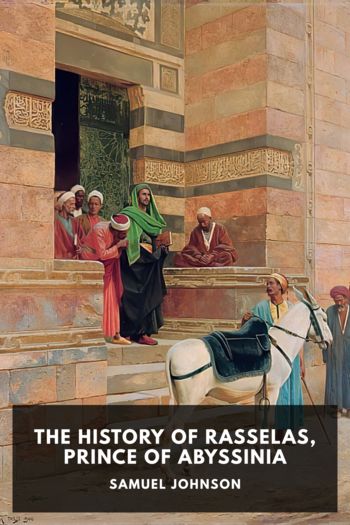
Description Rasselas is a fable-like story, more apologue than novel, written by Johnson in 1759 to help pay for the costs of his recently-deceased mother’s funeral. While the plot is basic and the characters are thin, the work is an important philosophical piece exploring whether or not humanity can attain happiness. Rasselas, an Abyssinian prince, travels with his sister Nekayah, her handmaiden Pekuah, and the wise poet Imlac—a proxy for Johnson himself. Their exploration of happiness and the
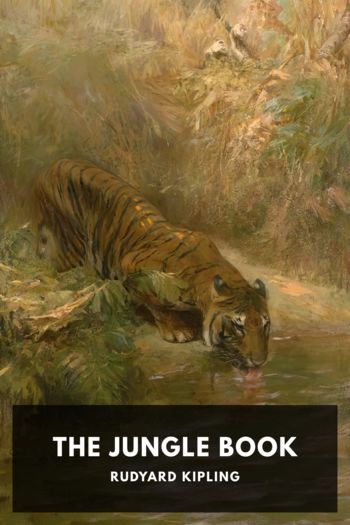
Description The Jungle Book is a short collection of stories published by Kipling in various magazines between 1893 and 1894. Kipling spent both his early years and his late teenage years in India, and that upbringing is front and center in these stories—despite them being written while he was living in Vermont, in the United States. The stories are fable-like, with most of them centering on the lives of anthropomorphised jungle animals and a few focused on human characters in India. The
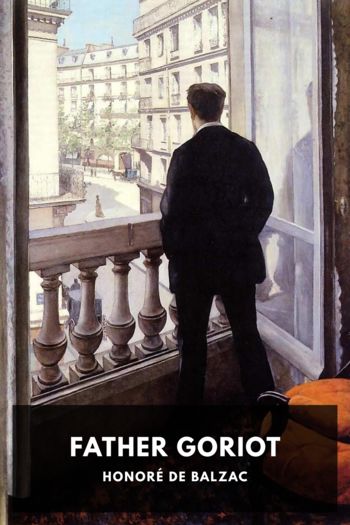
Description Father Goriot, today considered one of Balzac’s most important works, is part of his novel sequence The Human Comedy. It’s the first of Balzac’s novels to feature recurring characters, a technique that he famously developed in his subsequent novels. Set in Paris during the Bourbon Restoration of the early 1800s, Father Goriot follows Eugène de Rastignac, a student born to noble roots but little means, as he tries to climb the social ladder in Paris. The impoverished Goriot is

Description Father Brown is a Catholic priest, but a slightly unusual one in that he’s also an amateur detective. Unlike his more famous literary cousin Sherlock, Father Brown takes a less analytical and more intuition-oriented approach to solving the many murders that he happens to come across. This collection of short murder mysteries is Brown’s first appearance on the literary stage. In it we see him practicing his unique brand of sleuthing alongside his sometimes-partner, the reformed




